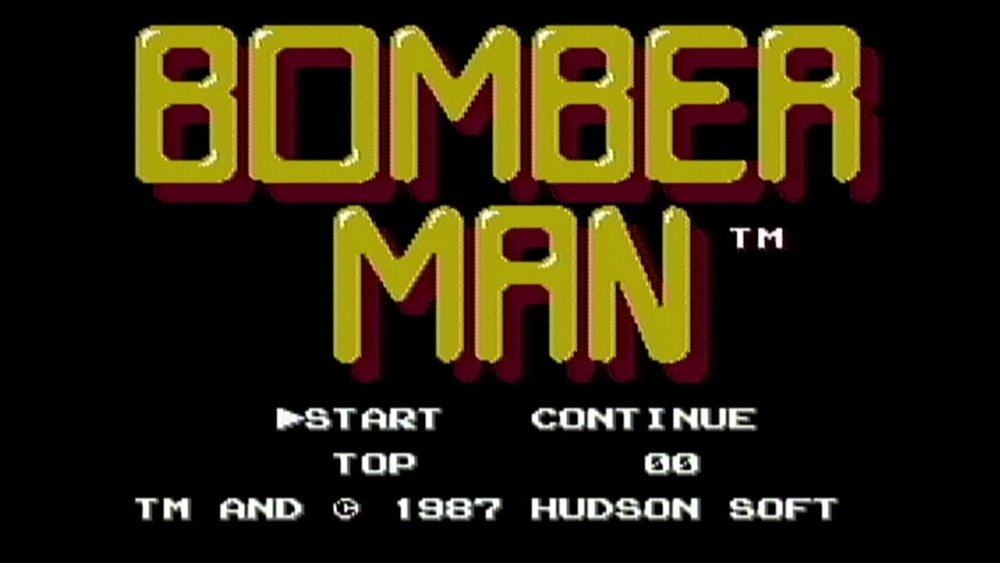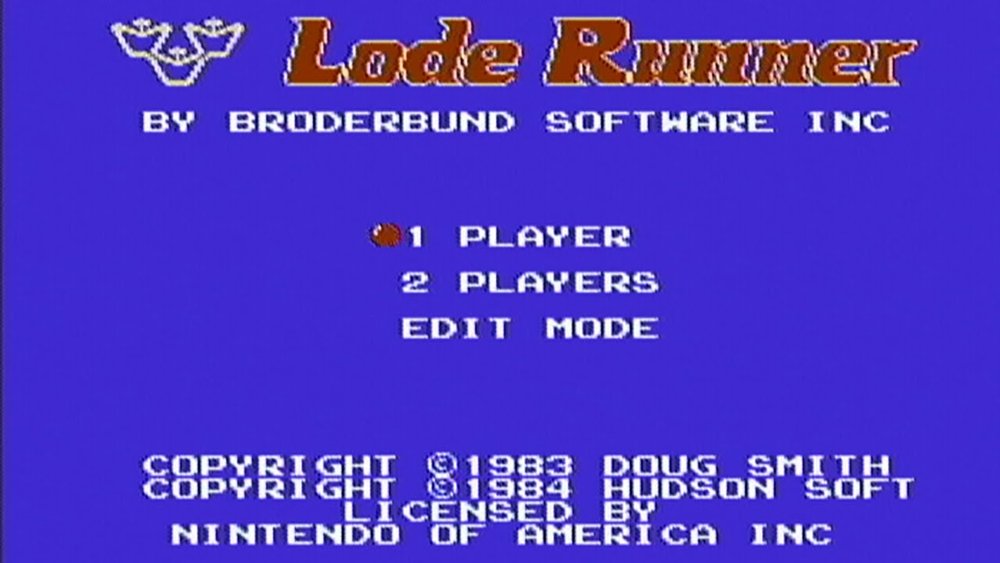
When we were kids, and we first beheld the wonder of console video games, the entire thing would sometimes seem like one huge river – no, an ocean is more appropriate. One deluge of games would be released, then another, and we’d still be tackling the first. Then here, a whole new system, and there, crazy new peripherals we never even knew we wanted (but we wanted them). It was like we could never run out of choices. The best (but perhaps most bewildering) part: we were duplicating a primary cycle that was approximately 3 years ahead of us in Japan, where all (most) of this stuff was getting made. One thing most of us were guilty of, though, at least until we were older, was that we’d make strong mental associations with the games and characters, but maybe not the great companies creating them. Now, as a grown-ass man writing about video games three times a month, I try to explore what I clearly missed as a child… the mostly unsung sagas of these companies, some of whom came from humble beginnings and seemingly faded away without the public noticing.
Hudson Soft is a tale that begins with Hiroshi and Yuji Kudo. In May of 1973, they opened a simple shop called CQ Hudson, which sold radio equipment and also had some nice art photographs. You know, stop in for a transistor, get a nice shot of the ocean for your mom as a gift. It’s worth noting that the company was named after a train, specifically the Japanese C62 which had been produced originally by Hudson Locomotives. Japan saw a lot of railway growth after the Second World War, which was when the Kudo boys were coming up.

Things went well for the Kudo brothers, and in 1975, they began selling products for personal computers. Around ’78, Hudson began inching into video games. At first, the firm was putting out around 25-30 titles a month, which sounds impossible; given the simplicity of the platforms in that era, however, it was far from it. Needless to say, this clone-vat approach bore only modest fruit, so Hudson leaped at the opportunity when given a shot a developing for Nintendo’s new Family Computer. Let me re-phrase that: Hudson strode confidently into video game history by becoming Nintendo’s FIRST third-party developer. They immediately met with strong success; both their port of Lode Runner and their self-conceived game Bomberman sold over 1 million copies. Bomberman had been released previously for Microsoft’s Japan-geared MSX computer, and Broderbund had done well with Lode Runner in the US and Europe, but the Famicom was the desired platform and the timing was just right.


Two titles that solidified Hudson Soft’s position in the top tier.
From its new office in Midtown Tower in Tokyo, Hudson continued to carve a place for itself in video game history. Starting in 1985, the company began doing something we wouldn’t even think of until the early 1990s: tournament-style video game competitions. Their first one revolved around the Hudson title Star Force in Summer of ’85; its sequel Star Soldier was used in ’86 and even had 2 and 5 minute modes built into its home version to reflect its status as a competitive game. These remarkable yearly events, which took a much less competitive tone after 1992, solidified Hudson Soft’s notoriety and popularity at home.
In 1987, Hudson teamed with NEC to create perhaps the greatest dark-horse console of the 20th Century: The PC Engine. Known in the West as the Turbo Grafx 16. I’ve already written a love letter to that console, so I’ll spare you the gushing… but it’s important to remember a few things. With this platform, Hudson Soft beat both Nintendo and Sega at a few things. The PC Engine set the record at the time for the smallest console. It also achieved graphically what the Mega Drive did, except almost three years earlier. Lastly, the portable version of the PC Engine wasn’t using its own pared-down set of games. This wasn’t some wrap-it-up Game Boy shit. It was using the same media as its mother system. It did this five years before Sega could pull off the same thing by producing the Nomad. There’s more to how awesome the PC-Engine is, but you’d be better served by reading my original article.

Other memorable titles from Hudson Soft (many of which saw multi-platform release) were Starship Hector, the Adventure Island series, Faxanadu, Milon’s Secret Castle, and my two favorites of theirs… Jackie Chan’s Action Kung Fu and Felix the Cat.
Hudson Soft’s main bank collapsed during a financial crisis around the turn of the millennium, driving the firm to offer itself on the Japanese stock market. To speed up a sad and tedious tale, Konami bought majority stock in Hudson; the two companies had worked amicably with each other since the early 80s and Konami sought to help give lift to the tired bee’s wings. Hudson still self-published until 2011-2012, when Konami bought what was left and absorbed it into itself. The final vestiges of Hudson Soft vanished in 2014, when its website began redirecting to Konami’s. Officially, the Hudson brand still exists, but it is part of Konami Digital Publishing.

I tell myself sometimes (And I’m sure someone reading this will laugh at me) that I’m helping preserve and curate history when I write articles like this. I know it’s not terribly significant stuff to the world at large, but it is to me… and to any gamer who likes knowing where things started. Thank you, Kudo Brothers. Thank you for starting a radio parts shop in 1973 and naming it after a train.
Thank you for everything.




